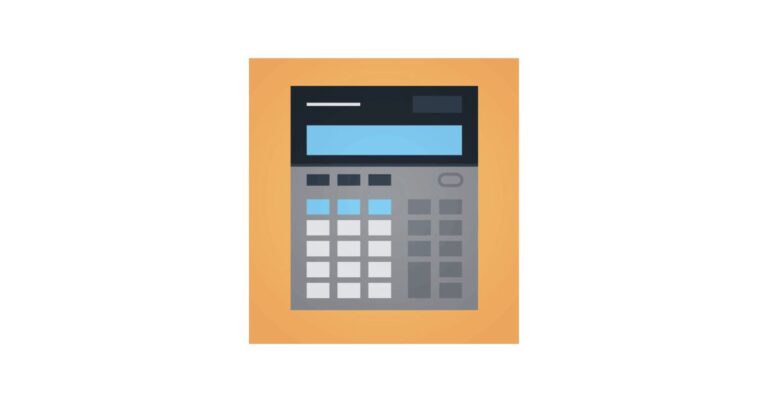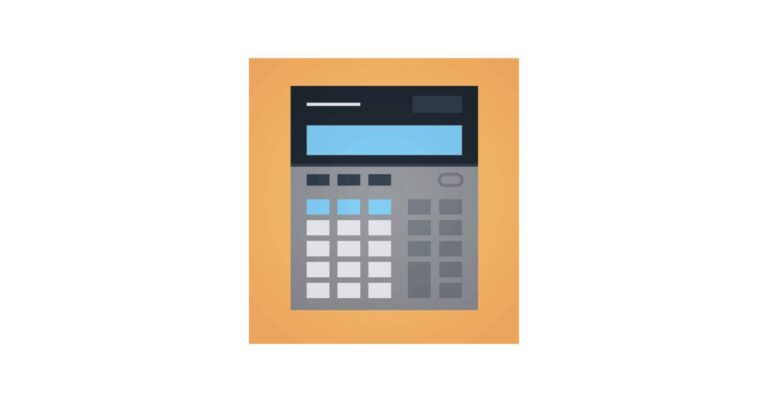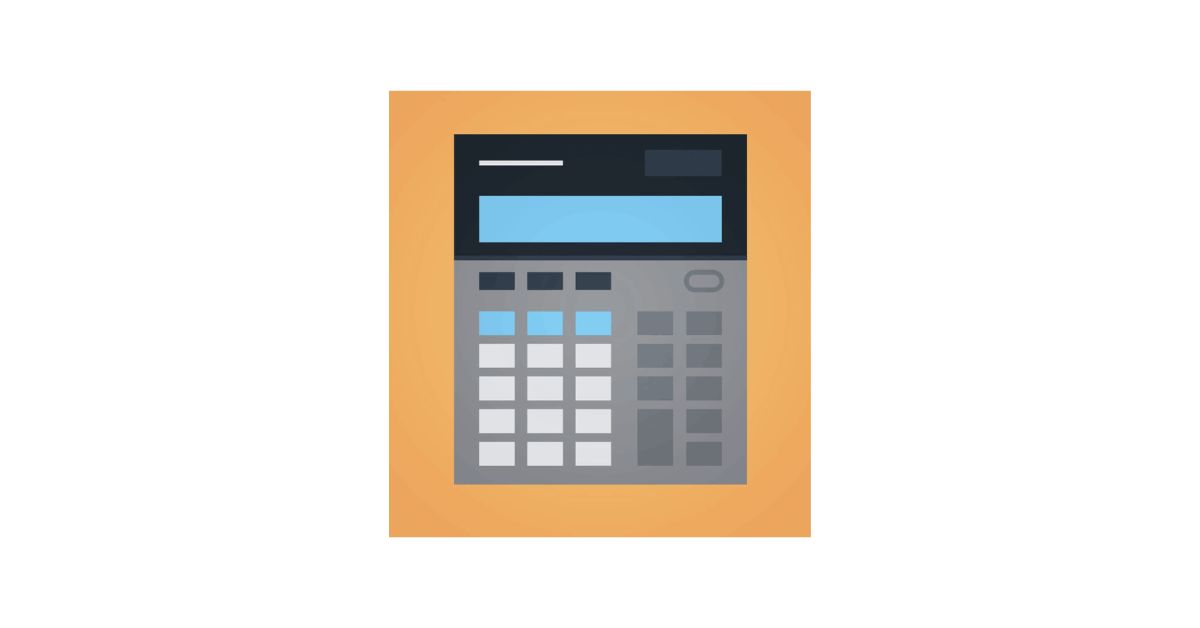Running is an excellent way for people who start running to lose weight because it burns calories efficiently. Thus, you can achieve a calorie deficit healthily and sustainably.
Running burns more calories than other cardio exercises, approximately 280 to 520 calories per 30 minutes.
It also depends! Your weight, speed, and distance all play a role. In this post, we’ll explain this in simple terms so you can see how much energy you burn every time you run.
Calories Burned by Distance
| Distance | 125 lbs (57 kg) | 155 lbs (70 kg) | 185 lbs (84 kg) |
|---|---|---|---|
| 1 mile | ~100 kcal | ~120 kcal | ~140 kcal |
| 5K (3.1 miles) | ~310 kcal | ~370 kcal | ~430 kcal |
| 10K (6.2 miles) | ~620 kcal | ~740 kcal | ~860 kcal |
| Half Marathon (13.1 miles) | ~1,310 kcal | ~1,570 kcal | ~1,830 kcal |
| Marathon (26.2 miles) | ~2,620 kcal | ~3,140 kcal | ~3,660 kcal |
On average, a typical runner burns around 100 calories for every mile he or she jogs or runs.
For example, if you weigh 140 lbs and run a 10-minute mile, you’ll burn approximately 132 calories. But if you weigh 160 lbs and run the same distance and speed, you’ll burn around 151 calories.
Factors That Affect Calorie Burning

Environment
Running on hills takes more energy, burning more calories than running on flat ground.
If you’re running outside, the wind and air resistance might make you burn more calories than running on a treadmill indoors.
Gender
Some studies suggest that guys tend to burn more calories than girls doing the same activities. It’s because guys usually have more muscle, and muscle burns more calories than fat.
Speed
The faster you run, the more calories you burn. When you sprint, your cells have to work extra hard, so you burn more calories.
So, running three miles in 30 minutes burns more calories than running the same distance in 45 minutes.
Weight
If you weigh more, you burn more calories while running.
For example, someone who weighs 165 pounds needs more energy to move their body than someone weighing 150 pounds.
Caloric Loss in Other Aerobic Exercises
Engaging in running and similar aerobic exercises is beneficial for enhancing cardiac and pulmonary health.
The Centers for Disease Control and Prevention recommend a minimum of 150 minutes of moderate-intensity aerobic exercise weekly, which equates to 30 minutes a day for five days a week.
For a person weighing 154 pounds, here are the approximate calories burned in 30 minutes of different moderate aerobic activities:
- Bicycling (at a speed of less than 10 mph): 145 calories
- Dancing: 165 calories
- Playing Golf: 165 calories
- Hiking: 185 calories
- Light Weightlifting: 110 calories
- Stretching: 90 calories
- Walking (at a pace of around 3.5 mph): 140 calories
Tracking of Calorie Burns

There are running apps that keep tracking your runs and give you an estimate of the calories you burn.
Top Running Apps to Track Calories:
- Strava
- Nike Run Club
- Garmin Connect
- MapMyRun
- Adidas Running (Runtastic)
- PUMATRAC
Just remember that the numbers are ballpark figures and not exact science.
For these apps to work their magic, you’ll need to have them running throughout your workout, so take a running watch or carry your phone along on your runs.




